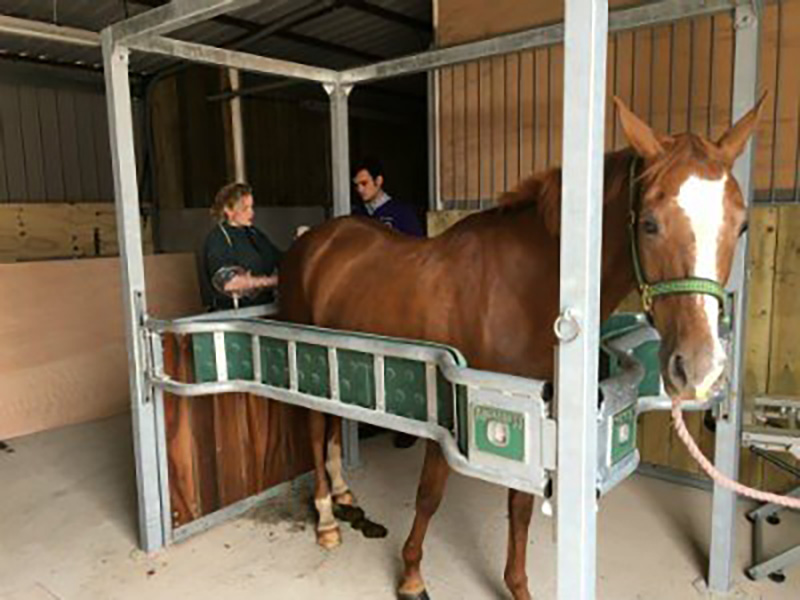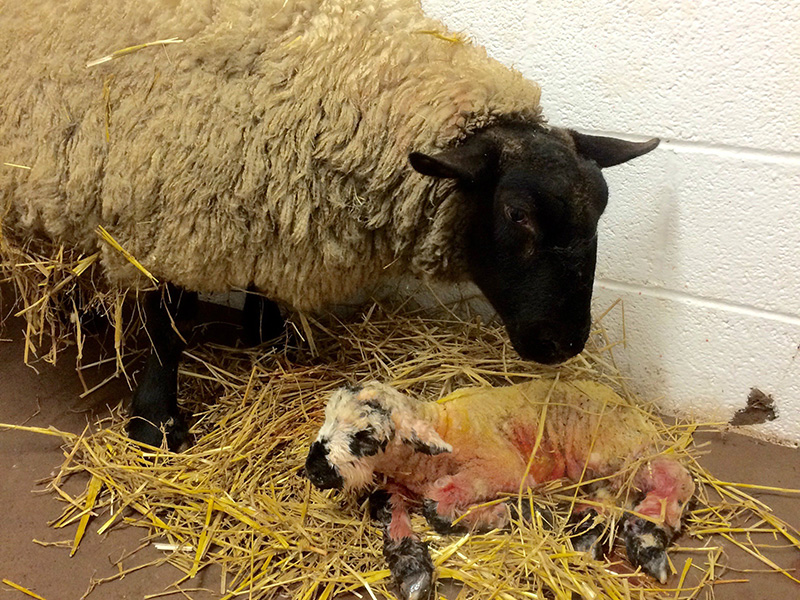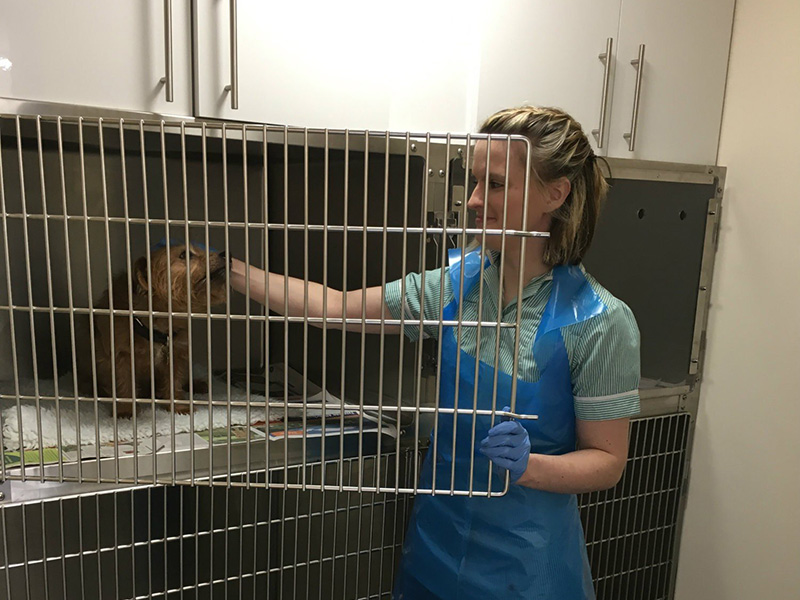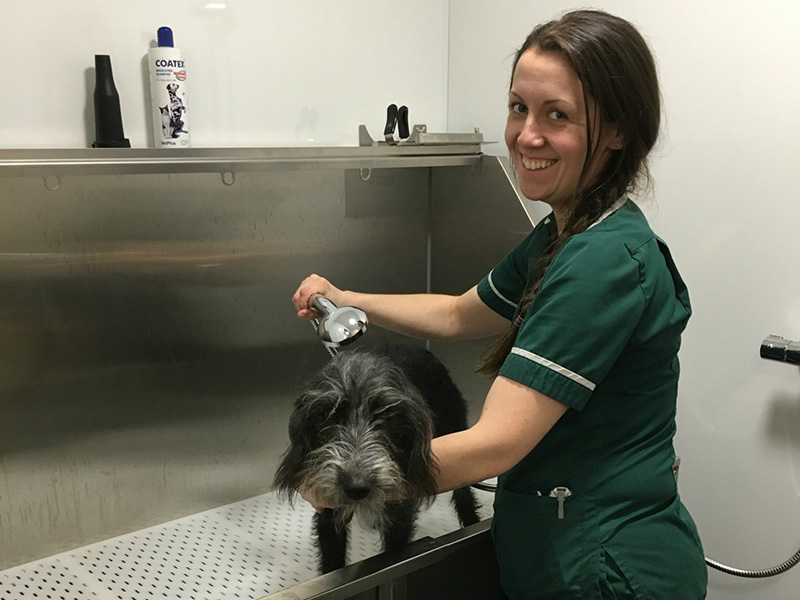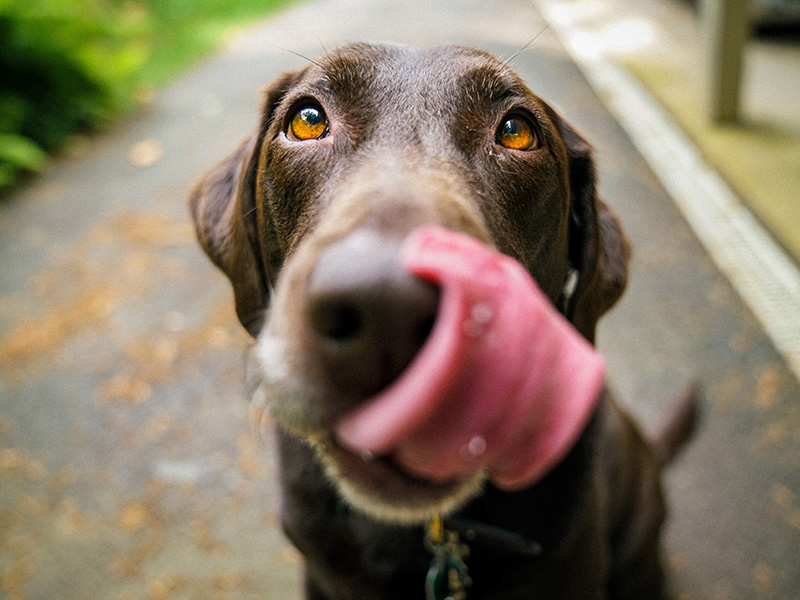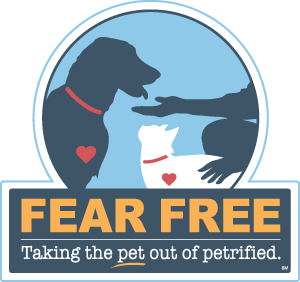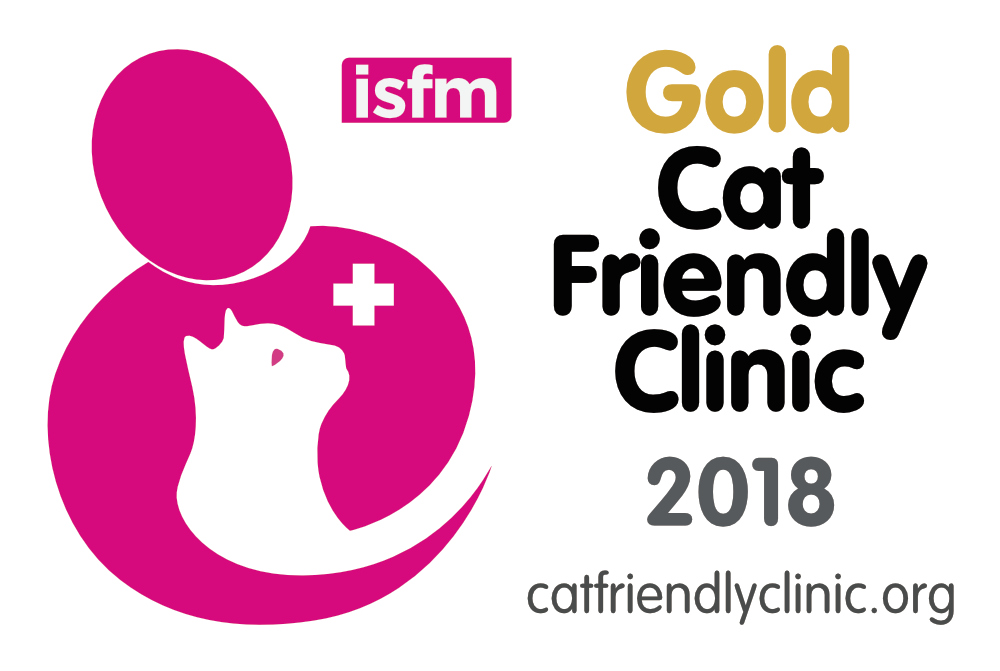Heatstroke Information & Advice
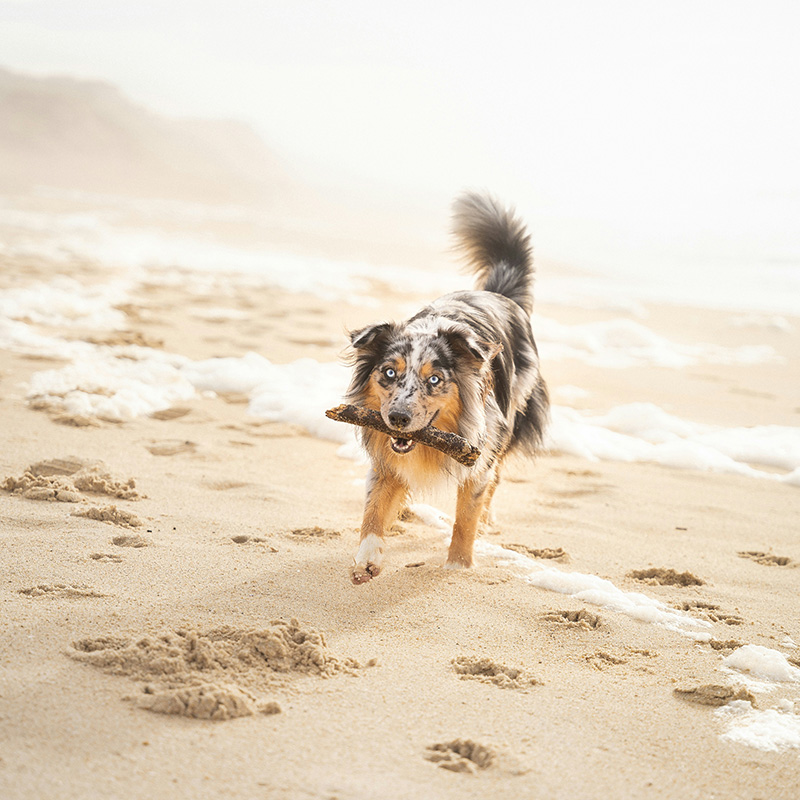 Every summer we see cases of heatstroke – and it doesn’t need to be that hot! Heatstroke is a serious and life-threatening condition where body temperature increases to a crisis point causing multiple organ failure, coma and death if not caught and treated promptly. Unlike us, our pets are less able to sweat and find regulating their body temperature in warm weather challenging. Add to this their inability to remove layers of clothing or perhaps be free to move to a cooler or more shaded area.
Every summer we see cases of heatstroke – and it doesn’t need to be that hot! Heatstroke is a serious and life-threatening condition where body temperature increases to a crisis point causing multiple organ failure, coma and death if not caught and treated promptly. Unlike us, our pets are less able to sweat and find regulating their body temperature in warm weather challenging. Add to this their inability to remove layers of clothing or perhaps be free to move to a cooler or more shaded area.
There are certain risk factors that can leave some animals at a higher risk of heatstroke, such as, the young, the old, overweight or pregnant and our flat faced breeds. Some pre-existing medical conditions can also put your pet at higher risk of suffering with heatstroke too.
What are the signs of heatstroke?
- Excessive or heavy panting/difficulty breathing
- Increased thirst
- Drooling
- Red gums or tongue
- Reluctance to continue exercising
- Vomiting and/or diarrhoea
- Lethargy/confusion
- Staggering/wobbling
- Seizures
- Collapse
I think my pet has heatstroke, what should I do?
Current advice from the Royal College of Veterinary Surgeons is to ‘cool first, transport second’ but DO NOT DELAY! Call your veterinary clinic immediately & drench them (avoiding their head) in whatever water you have available - tap water is fine. You can take other precautions such as moving them to shade or onto a cool floor but only if doing these things is fast and does not delay your pet receiving appropriate veterinary care. Do not leave wet towels covering your pet, this is outdated advice and quickly become an additional insulating layer rather than a coolant.
We have also recently noticed some advice on social media telling people to add lemon juice to water to ‘help break down mucus’, best case scenario this is ineffective, worse case it is dangerous. Only offer water and only if your pet is conscious and able to drink for themselves.
How can we prevent heatstroke?
- Only walk pets in the early morning and late evening, NEVER during the hottest hours of the day (10am to 8pm).
- Provide a cool matt or cool coat or a paddling pool. Lots of different species will enjoy a cool matt, dogs, cats and bunnies can all make use of these under supervision (we don’t want them to chew it).
- Always provide plenty of fresh water.
- You can offer frozen treats, cats love a frozen lick-e-lix and a stuffed frozen kong tends to go down well for dogs.
- Always provide access to a cool shaded area for them to chill.
- A water filled and frozen old pop bottle can bring relief to bunnies and guinea pigs who lie next to them.
- Be mindful of small animals in gardens, they are very sensitive to heat stress. Ensure they are always in shade and remember SHADE MOVES! A nice well ventilated and cool garage would be ideal.
Other considerations;
⚠️ARTIFICIAL GRASS - gets much, much hotter than real lawns.
⚠️TARMAC AND PATIOS IN THE SUN – can burn your pet’s paws as they dutifully plod beside you. If you can’t place the back of your hand on the surface for the count of 5 seconds, it’s too hot!
⚠️We hope this last point is unnecessary but just in case…IT IS NOT OK TO LEAVE ANIMALS IN THE CAR. Temperatures rise quickly in cars, leaving windows open is not enough to protect your pet.
Heatstroke can be fatal. If you think your pet has heatstroke do not delay! Phone your veterinary clinic ASAP!
-
Previous

